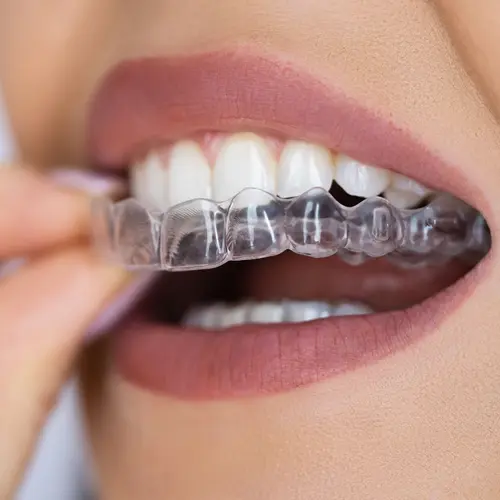Actinic cheilitis is a type of precancerous skin change that happens on the lips. It is usually related to damage from sun exposure or tanning beds. This condition can develop into a kind of skin cancer called squamous cell carcinoma if you do not have it treated.
Learn more about actinic cheilitis and how to treat and prevent it.
Symptoms of Actinic Cheilitis
Actinic cheilitis is a skin condition and a form of actinic keratosis. It appears on your lips. All types of actinic keratosis have the same underlying cause. They occur when skin cells have been damaged due to prolonged exposure to UV light.
Actinic cheilitis may not be painful. There can be discomfort and it changes the appearance of the skin on your lips. Some signs of actinic cheilitis include:
- Feeling like your lips are always chapped
- Tightness of the skin of your lips
- Rough texture on the skin of your lips
- Cracked skin on your lips
- A dry, flaky appearance of the skin on your lips
- Color of your lips changes to look more like the skin around them
Some people experience changes to significant portions of their lips when they develop actinic cheilitis. Others only have a single spot of actinic cheilitis that looks different from the surrounding skin. The lower lip is more likely to be affected than the upper lip.
Causes of Actinic Cheilitis
Actinic keratosis is caused by damage from ultraviolet (UV) light. This is usually due to sun exposure. Using tanning beds or sunlamps can also damage your skin. Extensive damage from UV light can change the skin cells known as keratinocytes. Your skin cells then change texture and color over time due to the UV damage.
Some people have a higher risk of developing actinic keratoses. Your risk may be higher if you have any of these factors:
- Fair skin that sunburns easily
- Albino skin
- Naturally light-colored hair, such as red or blond
- Light-colored eyes
- Age (50 years or older)
- Organ transplant recipient
- Have certain immune system disorders
- Not using sun protection
Actinic keratosis and actinic cheilitis can develop into a type of skin cancer called squamous cell carcinoma if left untreated. Squamous cell carcinoma is a treatable form of cancer with a low risk of death. It will cause damage to skin, nerves, and blood vessels if it isn’t treated.
A squamous cell carcinoma on your lips could be permanently disfiguring. Treatment can involve removing sections of skin to remove cancerous cells. Talking and swallowing may be more difficult if the cancer damages nerves around the mouth.
Treatment for Actinic Cheilitis
Doctors can remove the damaged skin cells with minimally invasive procedures. Most of them can happen in a doctor’s office. Some methods require more than one visit and repeated treatments.
Laser resurfacing. Medical-grade lasers are used to remove very precise areas of skin. The doctor can control how deep the laser penetrates and precisely target the actinic cheilitis. Your treated skin may be raw until new healthier skin appears.
Cryosurgery: This is sometimes called freezing. Cryosurgery is a common technique for removing skin blemishes like warts. Your doctor will apply a freezing substance like liquid nitrogen to the actinic cheilitis. The lesion will later blister and flake or peel away. You may need more than one treatment to remove all the layers.
Chemical peel. Your doctor will use a high-strength chemical solution to destroy the top layers of the skin of the actinic cheilitis. This chemical peel is more intense than the version you might get for cosmetic purposes. Over-the-counter chemical exfoliants will not remove actinic cheilitis.
Curettage. Curettage is a procedure to scrape and cut away the damaged area of your skin. Doctors use this if they think the actinic cheilitis is particularly deep.
Preventing Actinic Cheilitis
The best way to prevent any damage from UV rays is to protect yourself from the sun. Avoid using tanning beds or tanning lights. You can get a spray tan for an attractive glow without the risk of skin damage.
You can protect your face when you are outdoors by wearing a hat with a wide brim. Stay in the shade when you can. Use sunscreen on your face and reapply it often when you are exposed to sunlight. Look for lip balms with sunscreen to protect your lips from actinic cheilitis.
Contact your doctor if you are concerned that you have actinic cheilitis or any sort of actinic keratosis.
